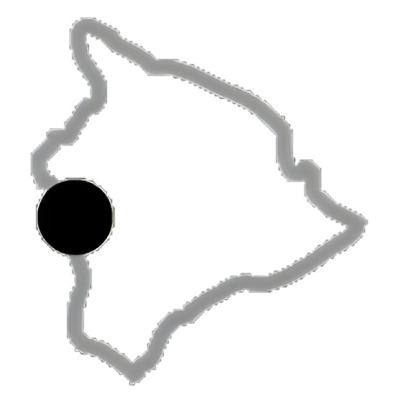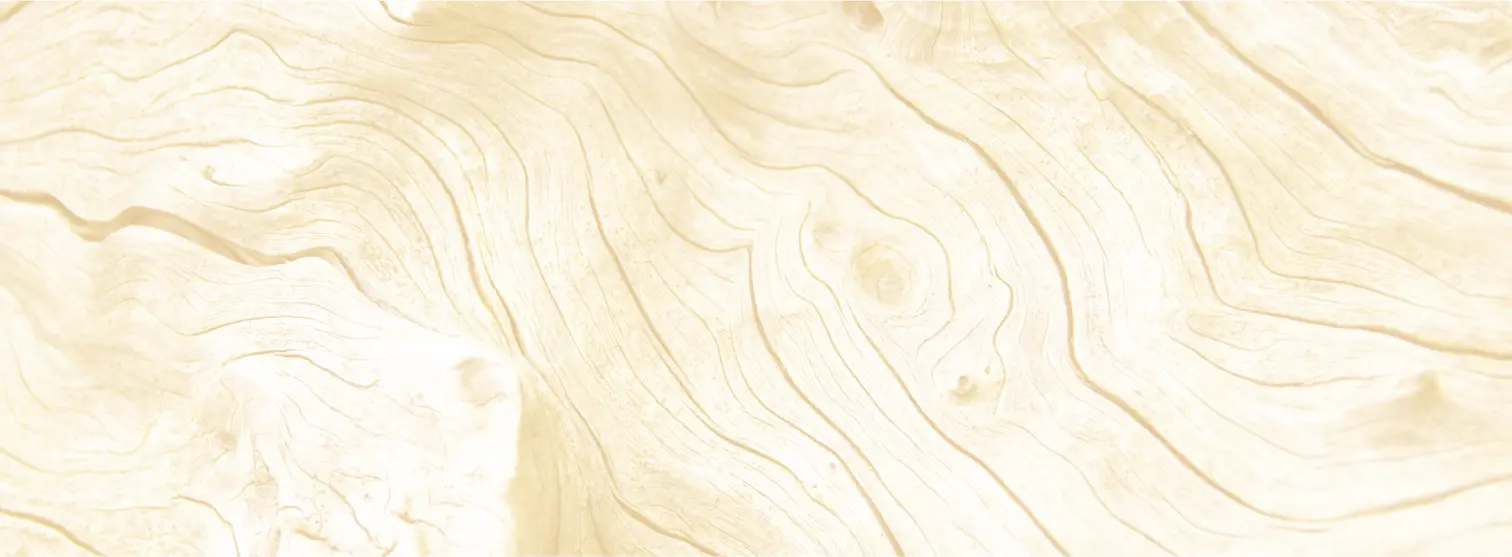Easy to identify by its typically owlish radar-shaped face, this quiet raptor can be found from sea level to 8,000 feet, in forests and in open spaces. If you’re lucky, you may see pueo soar over the open grasslands and shrub-lands of Halawa, where they hunt for insects and rodents. Surprisingly, though, few facts about pueo exist. Even simple statistics about populations are scarce. Apparently, pueo flew in great numbers in the late 1800s, but that’s no longer true. This Hawaiian bird is increasingly rare and is State-listed as endangered on Oahu.
What do we know about the endearing Hawaiian owl? It is most active during daylight hours. The pueo male performs an elaborate “sky-dancing” display to draw the attention of a prospective mate. Females make the nests, shallow things on the ground. They do all the brooding, with chicks hatching at different times. But watch out, if predators venture too close, both parents will scream, hiss, and bark.
Loss of habitat, predation by introduced species such as mongooses, dogs, and feral cats, introduced diseases such as avian malaria and other factors have affected all native Hawaiian birds, including pueo. Collisions between moving vehicles and hunting pueo are an increasingly serious concern. Lately, conservationists are also watching for “sick owl syndrome,” which seems vaguely related to pesticides, contaminants, and food shortages and causes a lethargy in individual birds that makes them more prone to accidents.
Conservation plans that have assisted other native species have benefitted pueo to a degree. But conservationists wonder, How can we protect pueo to the full extent they might need when so much is unknown? Few disagree that pueo need a clear management plan all for themselves, and supported by data not just myth.


